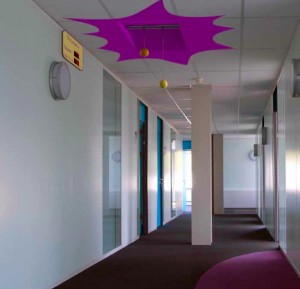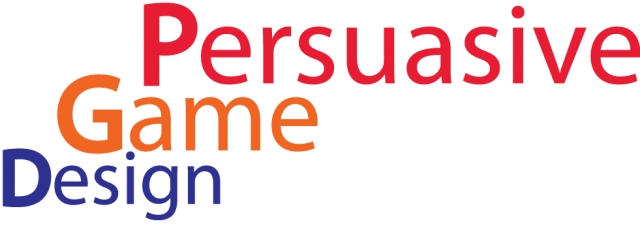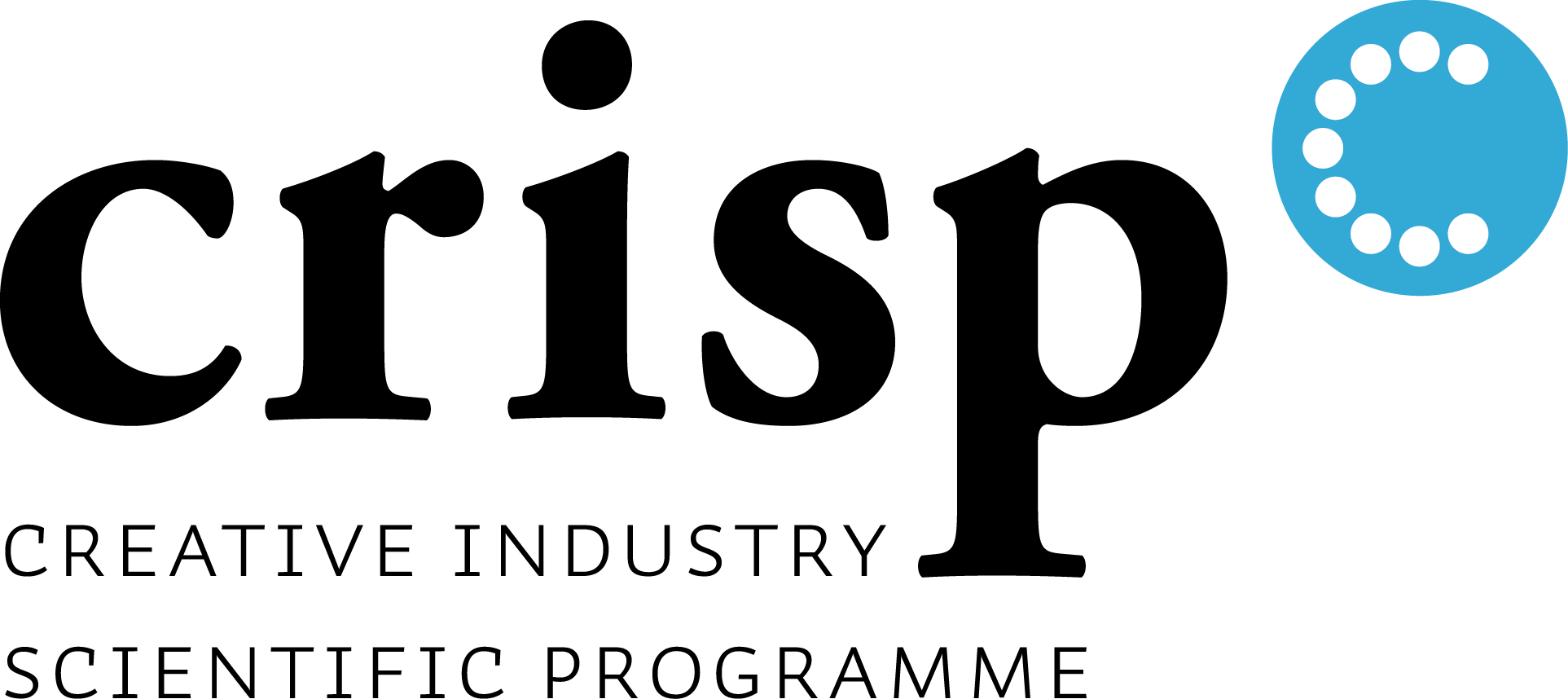 Petsekletser
Petsekletser
A design that stimulates physical activity in the office
Over the past centuries our way of working has changed drastically. The computer and related technologies play an important role in that. Nowadays, many people work in an office on a computer, causing them to sit a large part of the day. Sitting is comfortable for many people. However, when done for too long or in the wrong position it can lead to physical and cognitive complaints and, according to latest research, it can even cause early death. This new knowledge raises the demand for products to be used in the office that can do something about this work-related problem.
For this design challenge the needs of the users and potential buyers were studied, because no good solutions are available yet. Many of the products that are currently on the market look like a direct translation of a fitness machine into an office setting. They hardly comply with the needs of the user in this specific situation. The most important requirement appearing from research and a user study done for this project is the accessibility of the product. For the companies accessibility means simple and affordable solutions that are easy to implement. For the users it means a solution that does not interrupt work flow and that preferably takes no valuable work time to use.
The Petsekletser is developed with the user and environment as focus point. It is a product that stimulates movement of the upper body while walking from A to B in the office and in this way preventing stiffness in the upper back and shoulders. Passers-by are triggered to hit a ball that hangs from the ceiling on various walking routes through the office. The movement of hitting the ball at the right height can help in loosening the vertebrae in the upper spine, a place where many complaints occur when working with computers. The Petsekletser not only make the physical activity fun to do, it might also help in preventing upper back pain and stiffness.
The Petsekletser is very easy to install. It consists of a main frame that is mounted to the ceiling and that can, in case of a suspended ceiling, replace one or two standard ceiling plates. Two balls at different heights are attached to the frame to provide a good hit for people with different reach heights. The balls include a sensor that can measure the rotation speed which is displayed next to the product. It gives feedback to the user and can in this way increase the use rate. A covering fabric provides a striking look of which the colour and print can be adjusted to the interior of the company. This fabric also prevents the product from making noise when used.
Fogg behavioural model has been used to optimize the accessibility of the product. According to this theory trigger, ability and motivation need to happen at the same time. For the Petsekletser this leads to the following situation:
Trigger: the Petsekletser triggers people to move their arms at a moment they have time for it (walking from one place to another). By integrating the physical activity with existing work interruptions, employees are not forced to interrupt their work flow.
Ability: they do not have to make any more effort than the movement itself; using it only takes a second and a free hand
Motivation: if people are still not motivated enough to do it the feedback and playful character are there to stimulate use of the product.
The Petsekletser is designed to become a habit so it will be used for a longer period of time. To increase the chance for it to become a habit, the movement is integrated in existing routines: walking a certain route. In this case the trigger – seeing the balls – also plays an important role, just like the reward. The reward is the feedback and, indirectly, a good feeling in the upper body. This feeling can cause craving, which is important for creating habits.
The design seems promising. Several companies have showed interest during the testing phase and a first evaluation with a prototype at the Center for People and Buildings resulted in very positive feedback. The balls were hit in sixty per cent of the walks and the users liked the movement and the playfulness it brings to the office. The feedback was appreciated, although this could maybe developed further into more challenging variations. Further development of the product will need to include a more elaborate use study to see the effect of long term use, further embodiment of the design and finding a company that is interested in doing this.
The goal of this design challenge was to design something that will actually be used. Therefore, a design direction was chosen that has a subtle impact in this conservative environment; something that could bridge the gap between the current, stiff and sedentary situation and a futuristic, dynamic work place when technology has developed new ways of working. So, the Petsekletser does not provide a daily workout, but it introduces a for the office unusual movement of the upper body and it sets the tone for a more playful work place in which physical activity gets more accepted.
Astrid Heijnen
J.F.M. Molenbroek, N.J.H. Vegt, F. Thoolen
master thesis, May 2014


